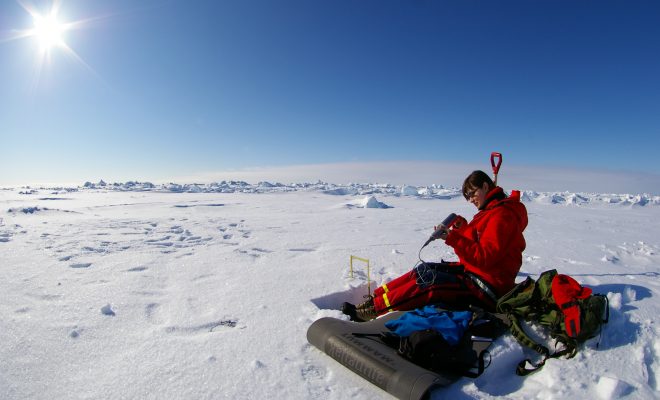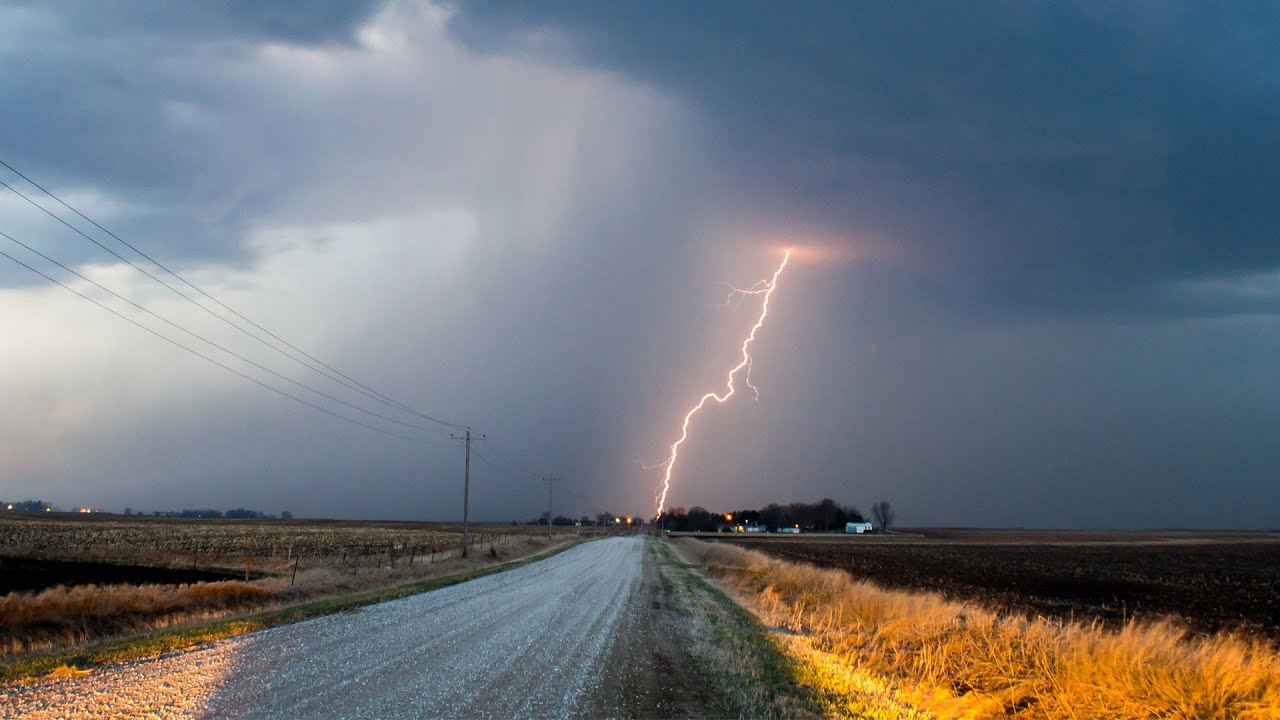
“Leaders in climatology and economics agree that climate change is occurring and that is has already caused major economic problems all around the world.” This statement reveals nothing new today. But it may seem surprising that, in March 1974, Henry Kissinger, the US Secretary of State at the time, read this statement in a secret report the CIA had drafted for the US government. The document’s title, Study of Climatological Research as it Pertains to Intelligence Problems, speaks for itself: climate changes, especially with regard to drought and access to water, were considered a factor of international imbalance the US intelligence agency believed the US government should take into account in its geopolitical strategies.
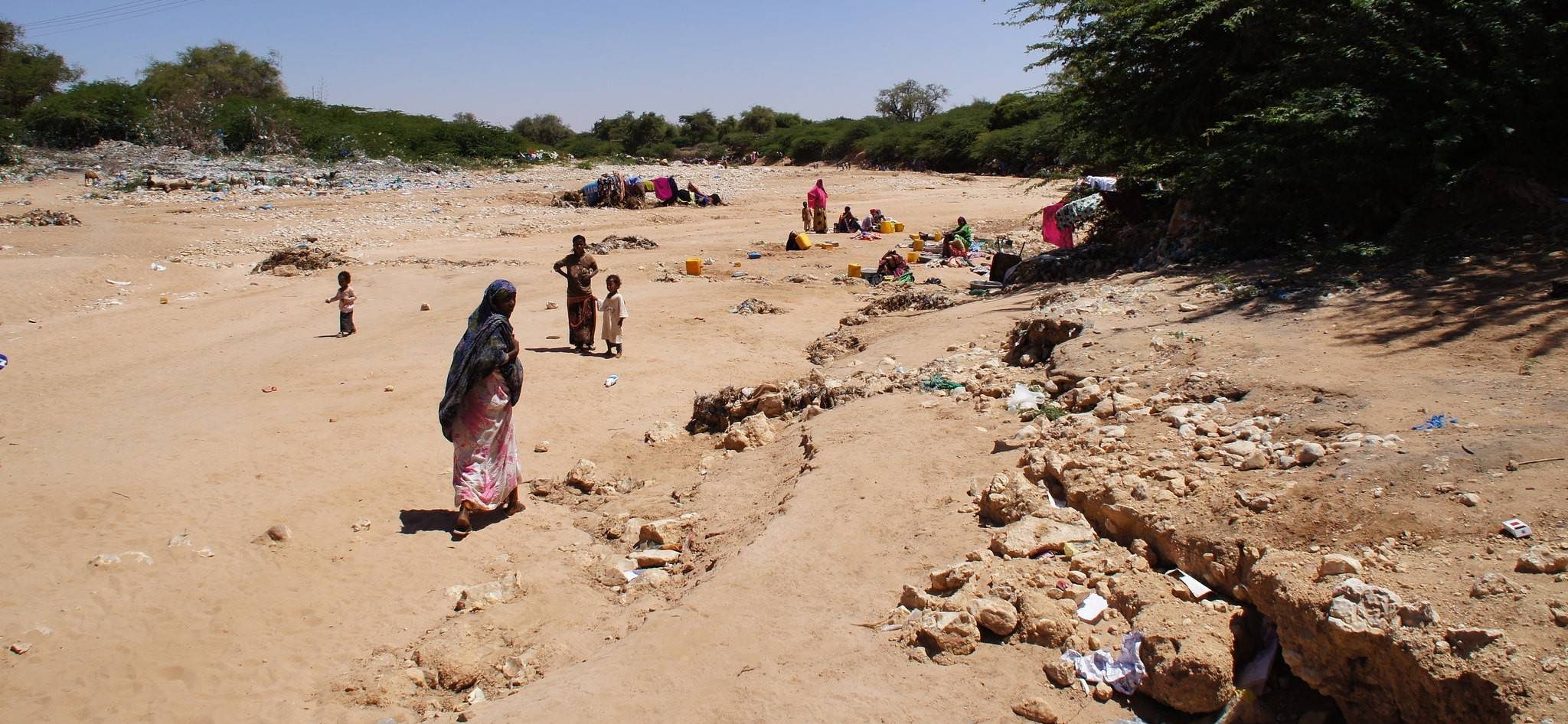
The famines in the 1980s in Africa gave media visibility to what until then had been an obscure geopolitical strategy factor and brought climatology closer to society © My Starving Children
Water, a factor in the Cold War
Kissinger used data from this report in two speeches that have been almost forgotten. In April of that year, at the United Nations General Assembly, he talked about “the possibility of climate changes in the monsoon belt and perhaps all around the world” as a threat to global balance. Six months later, at the World Food Conference, organized by the General Assembly in Rome, he referred to the danger of recurrent droughts in provoking food crises.
One of the main concerns of the Secretary of State was always the relationship between demography and water resources as a triggering factor of threats to his country. At the height of the Cold War, poor harvests in Russia or China were closely followed by international markets and alerted NATO countries to the geopolitical consequences of possible food crises that could be triggered by those “enemy” powers.
In this regard, the CIA document highlighted the articles and studies that were being released in the late 1960sin different climatic, meteorological and geological publications and concluded that “global climate change would be occurring and this change would cause agricultural failures around the world in the 1970s.”
The data included in the CIA report showed the evidence of scientific observations: loss of snow and ice, temperature anomalies with an upward trend, recurrent droughts and abnormal floods. The document defined Climatology as a “budding” science and referred to atmospheric warming as the main driver of change. The text explained the basis of climatology as it was known in the 1970s, summarized the knowledge of past climate changes and emphasized how these had had an impact on the evolution of civilizations.
The CIA encouraged the development of climate science as a way to prevent possible sociopolitical disruptions: “It is increasingly evident that Intelligence must understand the magnitude of international threats due to climate change. [Climate prediction]methodologies are necessary to prevent political and economic collapses of nations caused by the fall in food production. Moreover, methodologies are also needed to project and assess the inclination of nations to militarily initiate large-scale migrations as has occurred over the past 4,000 years.”
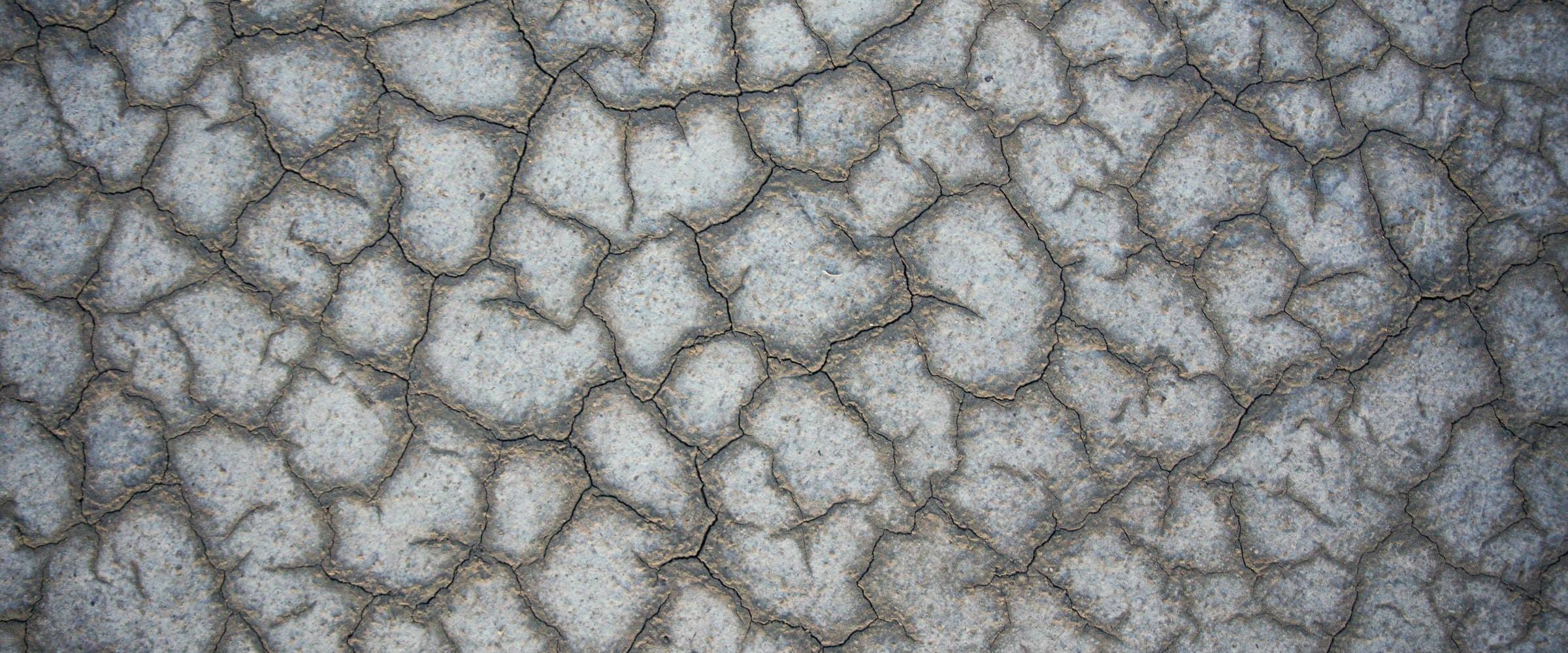
Since the 1970s, politicians, economists and scientists have known that climate is changing.. © Patrick Hendry-unsplash
Climate science in the eyes of society
The document was not released until February 1977, when the New York Times published news of its existence. The newspaper reported that the top leaders of the country were aware of the warnings it contained, knowledge they shared with the governments of the main industrial powers: they knew that climate was changing and that this would have socioeconomic and political consequences that had to be taken into account.
Although the text did not mention the greenhouse effect produced by gases emitted by the burning of fuels, there were already several scientific studies at the time that indicated that carbon dioxide (CO2) and methane (CH4) produced by human activity were causing it.
Until then, however, this research had been unconnected and had received very little media coverage. Everything changed in 1976, when Stephen Schneider, a young mathematician who worked on climate models, published The Genesis Strategy: Climate and Global Survival, a book reviewed by the Washington Post and the New York Times. The media impact was considerable and Schneider was invited to Johnny Carson’s Tonight Show , one of the highest rated television programs in the United States at the time. The fundamental idea in his message, “climate change is caused by human activity”, made the headlines of international media for the first time. Although it had little initial resonance with the public, it had a huge impact on the scientific community, dividing it and sparking a debate that lasted at least into the next decade.
Some scientists criticized Schneider and others who supported him for speaking directly to the public. They argued that climatology could not yet provide intelligible answers about the increase in atmospheric temperature and its consequences, and they feared it would lead to confusion about the role science should play in society. Helmut Landsberg, who had been the director of the Weather Bureau in the United States, attacked Schneider’s book fearing that public participation could damage the relationship between science and society, then a very sensitive issue. In the UK, the head of the prestigious Met Office, John Mason, supported Landsberg and called the concern about climate change an “unfounded alarm” coming from the US.
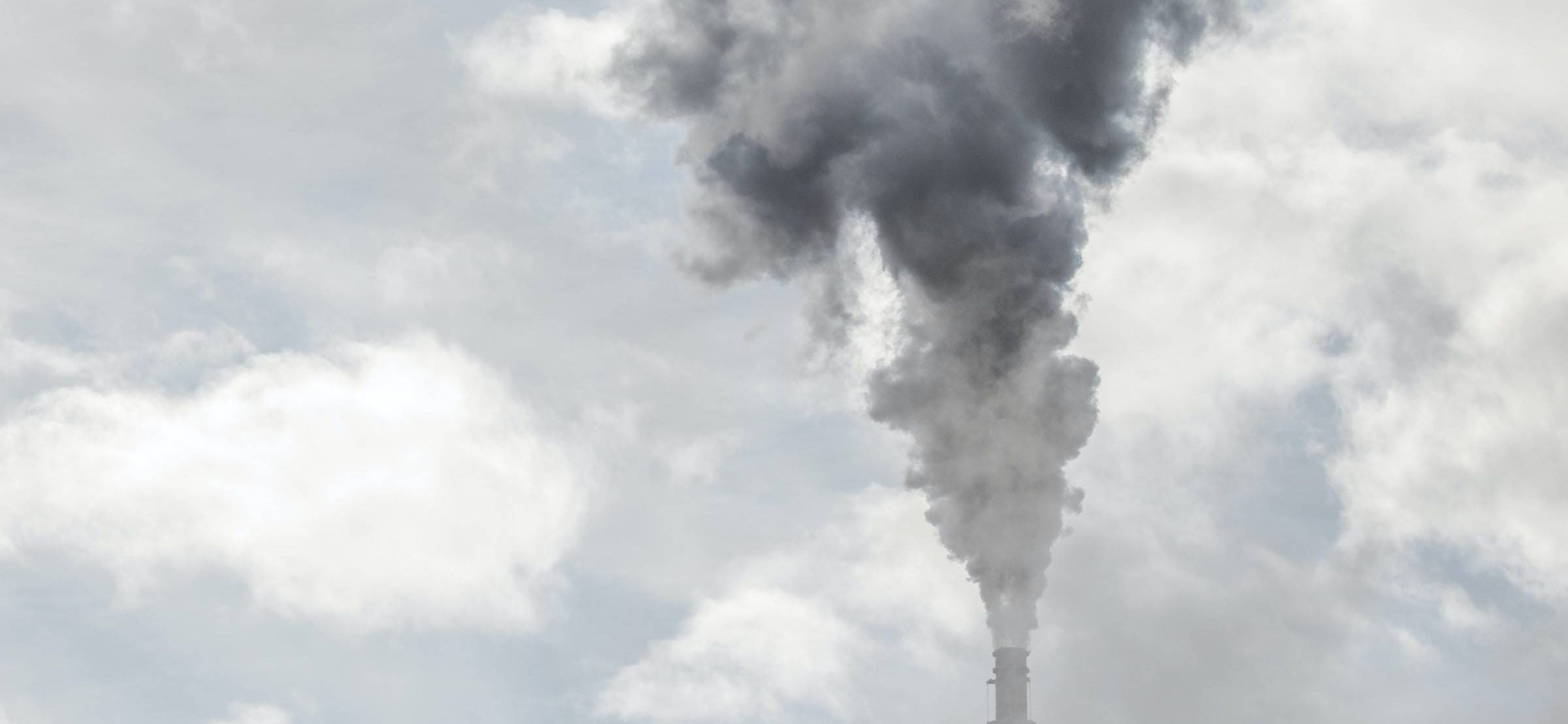
During the 70s, the emission of greenhouse gases was still an obscure topic for governments and most certainly for citizens. ©Patrick Hendr-unsplash
Science reaches out to society
But controversy raged among scientists. Should researchers appear in public on questions that could be answered comfortably with the existing knowledge and methods? Or should they venture into the hottest topics for society even if the answers were less certain or definitive? The second option started gaining favor.
The food problems that were emerging in a world that had surpassed 4.1 billion inhabitants in 1976 (we are now more than 7.7 billion) were the reason why a growing number of scientists supported answering questions that were important to society; and at that time the relationship between climate change and droughts was the most important.
The emission of greenhouse gases was still an obscure topic for governments and most certainly for citizens. However, petrochemical companies, in the aftermath of the 1973 oil crisis and facing a future in which nuclear energy was presented as the inevitable alternative to hydrocarbons, began to wonder if climate evolution could end up altering their business model; especially when some economists and geologists had forecasted that oil and natural gas reserves would have depleted at the beginning of the 21st century. Proof of this was that the largest oil company in the world, Exxon, launched a research project on carbon dioxide emissions (CO2) in the summer of 1977.
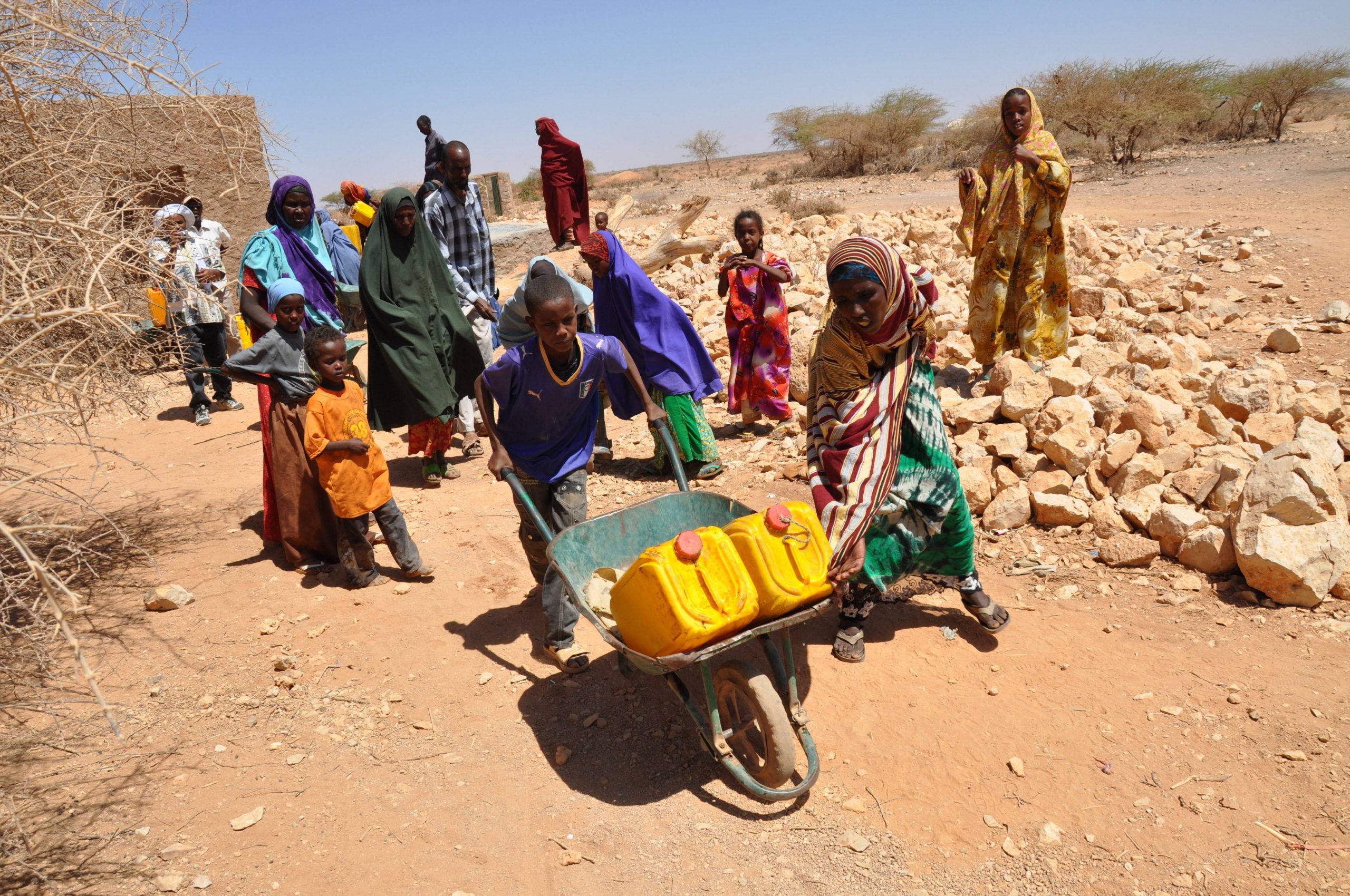
The Sahel and the Horn of Africa had suffered famines of climatic origin in 1967 and 1972. © Oxfam
Droughts become news
Climate change had not yet made it into the media at the time and although news of droughts in economically poor countries was frequent, it was far from making the headlines. In the 1970s, economically developed countries mainly associated famines in the “third world” with war. It was a perception due to the Biafra War in 1968, when the world was shocked by photographs of malnourished children in a humanitarian crisis that caused 1.5 million deaths, according to UNICEF. The developed North became aware of the hungry South, and from that moment on, news of food crises due to drought, colonialist extractivism and poor land management began to make the news.
The Sahel and the Horn of Africa had suffered famines of climatic origin in 1967 and 1972, with more than half a million deaths and an undetermined number of migratory displacements. But it wasn’t until 1984 and 1985 that news of the disasters due to the lack of water reached public opinion. In those years, a persistent drought ravaged the Sahel, triggering a major famine that made headlines in the press and on television.
The industrialized world had not paid attention to the huge pockets of poverty, indebtedness and technological backwardness that were being generated in countries in Africa, Asia and also South America. And climate change was threatening them directly.
Humanity in the face of scarcity
Rather than denying anthropogenic climate change, scientists of the time believed that nature would absorb everything, and had almost blind faith in technology, which would eventually solve the increasingly evident problems of pollution.But in the 1980s the first alarming forecasts appeared: in the future there were not going to be enough resources to maintain the gigantic productive machine of the world economy, and the accelerated increase in water pollution and waste became an international concern.
Around 1987, a clear turning point occurred. The concept of “sustainable development” was born, promoted by the report presented at the UN by former Norwegian minister Gro Harlem Brundtland as “development that meets the needs of the present without compromising the needs of future generations.” The international reaction was led by the UN, which sowed the seeds of the future Millennium Development Goals that later gave way to the current Sustainable Development Goals.
How much time have we wasted? Let’s not waste any more.



